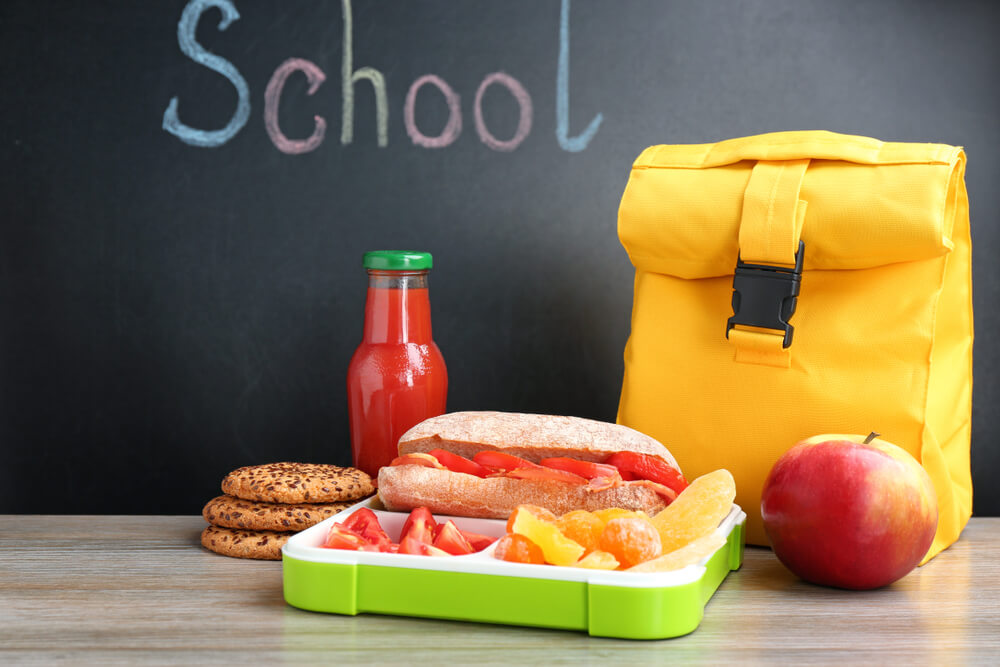Nutrition is one of the most important ways to ensure long-term health, and teaching proper nutrition at a young age is invaluable. Despite today’s busy world, with many students going to school early in the morning, coming home from school then rushing off to extracurricular activities or sports classes, and starting in on homeworking before trying to get to bed at a decent hour, nutrition can sometimes get pushed to the bottom of the priority list.
But Apex Leadership Co. encourages students and families not to let the hustle-bustle of daily life interfere with proper nutrition, which aids in fueling students’ brains and bodies. Here, the experts offer some easy tips for helping students eat healthy at school and beyond.
Come Prepared — There is nothing like being prepared. From studying hard to prepare for a big test to packing a proper lunch, properly preparing for anything in life is a solid key to success. In the case of nutrition, parents and guardians can help by stocking the fridge and pantry with healthy, wholesome foods. For example, bananas, whole grain slow-cooked oats, and eggs are all great foundations for a hearty breakfast. Think fruit smoothies, oat and yogurt parfaits, or eggs and avocado on whole-grain toast. Packing a healthy lunch is another way to ensure students stay fueled throughout the day. Parents can combine a variety of lean proteins, vegetables, fruits, whole grains, and or nuts to create delicious and healthy lunches for their children.
Avoid the Vending Machine — Vending machines are generally stocked with candy and processed packaged items from chips to cookies that provide no real nutritional value. So it’s a good idea not to get in the habit of hitting these up for lunch or a snack. Meals provided by school cafeterias are a much better option.
In fact, according to the Food Research and Action Center, school lunch “ensures that students have the nutrition they need throughout the day to learn.” The site reports that research shows receiving school lunches can reduce food insecurity, obesity rates, and poor health, adding, “the new school meal nutrition standards are positively impacting student food selection and consumption, especially for fruits and vegetables.” In fact, over the last ten years, new nutritional standards require schools to increase their offerings of whole grains, fruits and vegetables served through the National School Lunch Program.
Focus on Real Food — While it’s easy (and tempting) to reach for packaged snacks or drive-thru food on a particularly busy or stressful day, students and families must work together to stay the course toward a healthy nutrition-focused lifestyle every day. Sure, treats and indulgences every now and then are ok (and delicious!), but for the most part, daily dietary intake should be comprised of real, whole foods that provide a wide range of vitamins and nutrients to properly fuel students brains and bodies!
Apex Leadership Co. encourages parents and children to work together to create delicious and nutritious meals (and sit down together at dinner time to enjoy them!) as part of a healthy lifestyle. Cooking and prepping lunches together can be a fun way to bond and to appreciate a healthier way of eating as a family.


